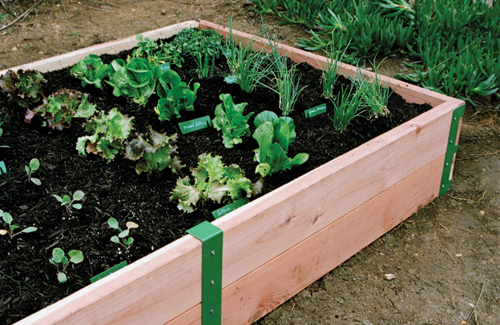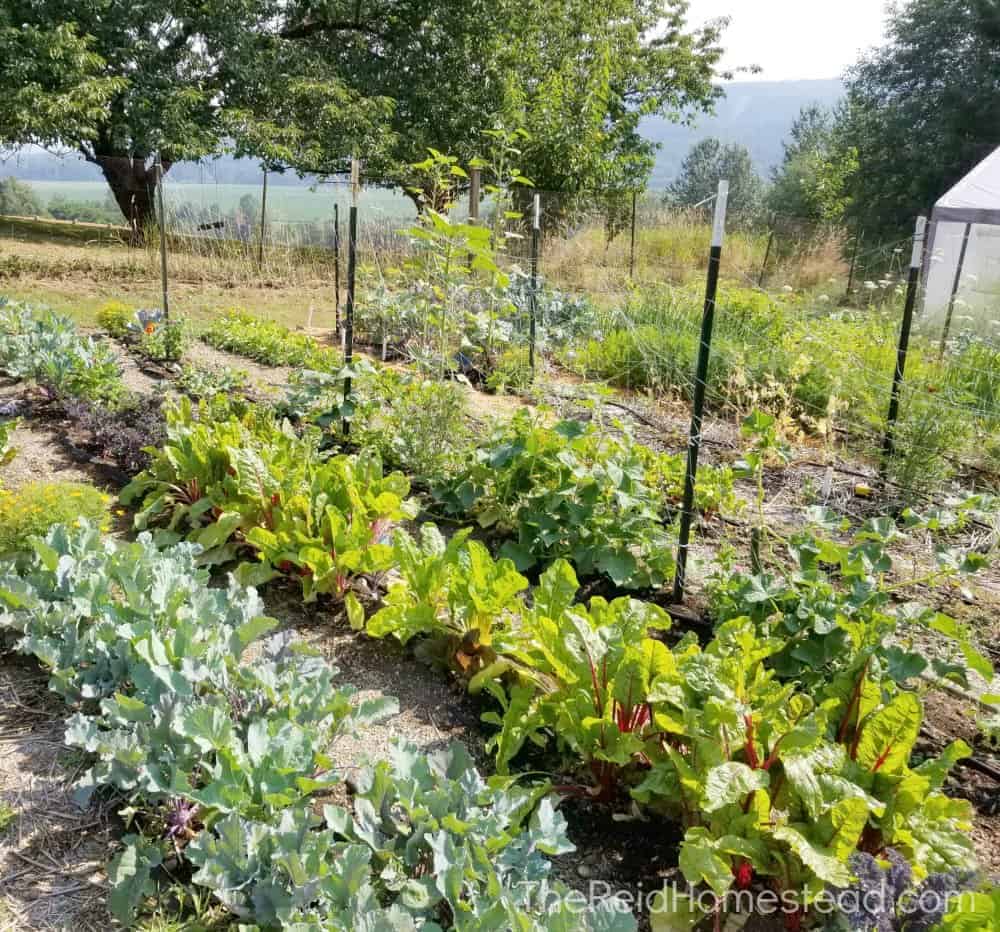The Ultimate Guide to Homestead Gardening
The Ultimate Guide to Homestead Gardening
Blog Article
Discover Important Tips for Successful Gardening Techniques and Practices
Horticulture, frequently viewed as a simple pastime, includes a range of techniques and techniques that can significantly influence the end result of your initiatives. By focusing on essential elements such as dirt health, effective watering strategies, and appropriate plant choice, gardeners can create a growing environment that sustains lively development. Additionally, recognizing the subtleties of parasite administration and seasonal upkeep can better boost performance. Lots of lovers ignore essential information that can make or damage their horticulture success-- exploring these overlooked aspects might expose the trick to growing a flourishing yard.
Recognizing Soil Health
Soil health and wellness is a fundamental aspect of effective gardening, as it directly influences plant growth, nutrition accessibility, and environment equilibrium. Healthy dirt is defined by an abundant biodiversity of microbes, natural issue, and a balanced pH degree, which together develop an environment for plant development.
To comprehend soil wellness, one need to consider its physical, chemical, and organic buildings. The appearance and framework of soil affect its capacity to keep dampness and nutrients, while the chemical composition determines the availability of vital components like nitrogen, phosphorus, and potassium. Routine dirt screening is vital to evaluate these variables, allowing garden enthusiasts to make informed choices relating to plant foods and changes.
Additionally, promoting biological task within the soil is crucial for maintaining its health and wellness. Practices such as composting, plant turning, and making use of cover crops can improve microbial variety, boost nutrient biking, and reduce soil disintegration. By prioritizing dirt health, gardeners not just enhance plant growth however also contribute to a sustainable environment, making certain that their gardening methods are environmentally responsible and resistant in time.
Reliable Sprinkling Techniques
Making sure that plants obtain the ideal amount of water is important for their health and development, specifically when coupled with a solid foundation of dirt health and wellness (Homestead Gardening). Reliable watering strategies can considerably impact plant vigor, reducing water wastage and advertising ideal growth
One fundamental approach is deep watering, which encourages origins to grow much deeper into the soil, improving dry spell resistance. This method normally involves watering less regularly yet in bigger amounts, allowing moisture to penetrate the origin zone completely. Timing is also vital; morning is the suitable time to water, as it minimizes dissipation and enables vegetation to dry throughout the day, lowering condition dangers.
Furthermore, utilizing compost can aid keep soil wetness and manage temperature level, additional helping effective sprinkling methods. Using a drip watering system can also provide targeted dampness straight to the origins, making sure that water gets to where it's most required while preserving resources.
Checking rainfall and dirt dampness levels can direct adjustments in your watering timetable, making certain plants get regular hydration without over-saturation. By embracing these effective sprinkling methods, garden enthusiasts can cultivate a successful environment for their plants to flourish.
Plant Option and Placement
Just how can the right plant choice and calculated positioning change a garden right into a flourishing ecological community? The harmony between plant selections and their placement is critical for creating a vibrant garden. When choosing plants, take into consideration variables such as environment, dirt kind, and sunshine direct exposure. Indigenous types are commonly the most effective option as they are adapted to regional conditions and need much less maintenance.
Strategic placement involves preparing plants according to their growth habits and needs. Taller plants need to you can try here be positioned at the back of boundaries to stop shading shorter plants. In addition, grouping plants with similar water and light demands can improve their explanation their development and lower competition for resources.
Including a diversity of plants not only adds visual appeal however also promotes biodiversity, attracting helpful bugs and pollinators. Think about the seasonal adjustments in your garden; pick a mix of perennials, annuals, and evergreens to guarantee year-round rate of interest.
Lastly, keep in mind to analyze the fully grown size of plants before growing to avoid congestion and make sure sufficient air flow. Thoughtful plant choice and tactical positioning produce a harmonious setting, permitting your garden to grow while minimizing difficulties.
Insect and Illness Administration
Reliable parasite and disease monitoring is necessary for maintaining a healthy garden community - Homestead Gardening. A positive technique, integrating social, biological, and chemical approaches, can substantially reduce the impact of pests and illness on your plants

Biological controls, such as introducing useful bugs like ladybugs or predative mites, can keep pest populaces in check without damaging the atmosphere. Furthermore, maintaining plant health and wellness with correct watering, fertilization, and trimming will reinforce their resilience versus diseases.
When treatment is essential, select targeted chemical treatments, guaranteeing to comply with application standards to lessen damage to non-target microorganisms. Constantly prioritize lasting methods, as they advertise long-term garden health and ecological balance. By incorporating these methods, gardeners can successfully take care of insects and conditions, making certain flourishing plants and an effective garden.

Seasonal Upkeep Practices
In spring, emphasis on soil prep work by screening pH degrees and adding needed changes. On a regular basis examine arising plants for illness and parasites.
As summer strategies, make sure appropriate irrigation while monitoring for indicators of stress and anxiety or disease. Trim back thick plants to motivate air circulation and decrease moisture around foliage. This method not only enhances plant wellness but additionally advertises flowering and fruiting.
With the arrival of fall, it's time to prepare for winter season. Tidy up dropped leaves and debris to avoid pest infestations, and consider growing cover crops to enrich soil health. This period is additionally perfect for separating perennials and planting spring-flowering light bulbs.
Conclusion
Effective gardening joints on the integration of sound practices in soil wellness, watering, plant option, pest administration, and seasonal upkeep. By focusing on soil screening and microbial diversity, using reliable watering strategies, and selecting ideal plants, garden enthusiasts can develop flourishing ecological communities. In addition, positive bug monitoring and persistent seasonal maintenance add substantially to overall yard vigor. Accepting these strategies fosters a effective and lasting horticulture setting, ensuring thriving growth and strength throughout the transforming periods.
By focusing on crucial components such as soil health, effective sprinkling methods, and suitable plant option, gardeners can create a growing environment that supports vivid growth. By prioritizing dirt health, garden enthusiasts not only maximize plant development but additionally contribute to a lasting community, ensuring that their horticulture practices are eco responsible and resistant over this content time.
Taller plants should be placed at the back of borders to stop shielding shorter plants. Tidy up fallen leaves and particles to prevent bug infestations, and think about growing cover crops to enrich soil wellness.Successful gardening joints on the assimilation of sound methods in dirt health, watering, plant choice, parasite management, and seasonal upkeep.
Report this page